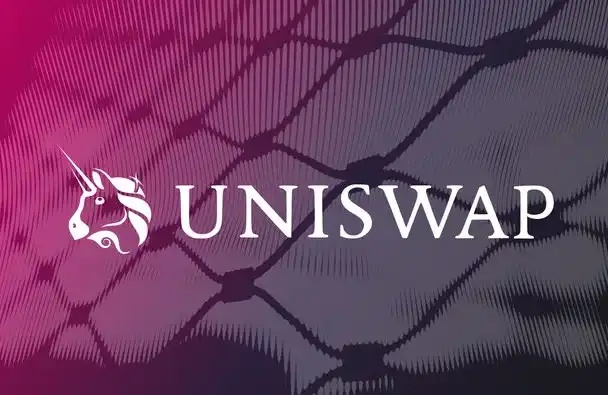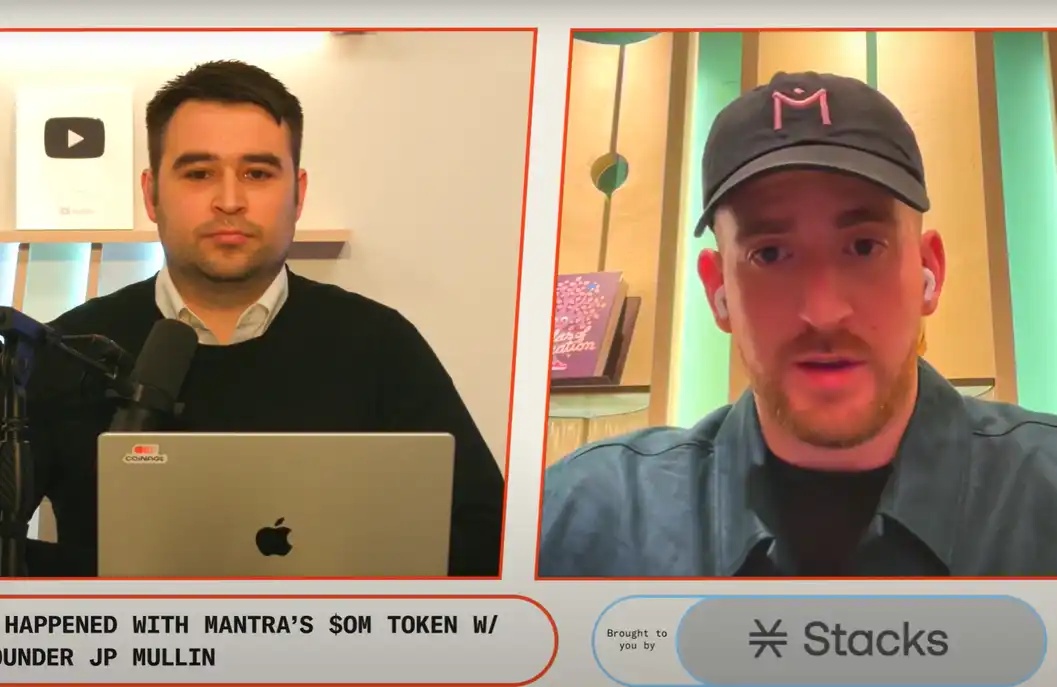Pump.fun is becoming the "TikTok of the Crypto World"
BlockBeats Note: This article was written on July 1st, at the time when Pump.fun launched its live streaming feature, marking the initial rise in popularity of "live with meme" phenomenon. Recently, Pump.fun once again promoted the live streaming feature. In the early hours of November 22nd, a North American unemployed youth live streamed on Pump.fun stating that he would only end the broadcast once the market cap of his own token (LIVE) reached 100 million. This broadcast was also featured by the Pump official team and placed on the homepage. After raising over $100,000 in the internal trading market, the LIVE token surged in value. Later, influencers like gmony engaged in real-time online interaction and eventually drove the market cap of the LIVE token above 20 million dollars.

Left: LIVE token issuer live streaming a haircut; Right: LIVE token price
After the "live streaming guy" went viral, Pump.fun's website once again sparked a live streaming craze, with various hosts showcasing their unique methods to boost their token's price, creating a "TikTok of the crypto world" vibe for Pump.fun.
Pump.fun is the most unique product in this cycle. Launched for over four months, Pump.fun has released over 1.17 million tokens, with total earnings surpassing 50 million dollars. How should we interpret this figure? Compared to the top traffic product in the previous bull market, Uniswap, it is estimated that Uniswap Labs had an annual revenue of about 25 to 30 million dollars.
It can be said that Pump.fun is not a typical Web3 project, lacking a complex tokenomics model or a DAO governance structure. However, with precise market positioning, Pump.fun has created a lucrative business market. Under the dominance of the attention economy, many interpret the sustained prosperity of meme coins as the advantage of short videos over long videos. In the era of "everyone issuing coins," can latecomers still get a slice of the pie? With attention economy overlaid with intense player versus player (pvp), what new gameplay can we expect from meme coins?
The Person Who Burned Himself to Promote a Meme Coin Is Still Live Streaming
Do you still remember the developer who burned himself a month ago to promote his meme coin? Last Thursday, on June 27th, he was still live streaming on Twitter.
This developer named Mikol, on May 17, launched a meme coin called TruthOrDare (DARE) on Pump.fun. At that time, Pump.fun did not yet have a live streaming feature, so Mikol could only post images in the comment section. Mikol demonstrated the first season's "highlights" to the community by live-streaming on Twitch, pouring isopropanol on himself, and having friends shoot fireworks in his direction. Amid fans' excitement and DARE's price surge, his body caught fire, and he suffered third-degree burns all over, being rushed to the hospital.
The token DARE saw a 12x price increase on the day of Mikol's burn incident, only to plummet back to zero the next day. Mikol's story was covered by the crypto community media Decrypt, attracting a lot of attention. Despite lying in the ICU, Mikol recorded a video for the community, vowing not to give up on the project, saying, "You will see a better version of me."
Mikol is not the only one who has engaged in extreme behavior to attract attention and anticipate price surges after launching a meme coin. The Solana meme craze brought in a large number of newcomers to crypto and spawned many meme coins that were viewed by the second. Alongside Mikol's "burn coin," there were meme coins during the same period with names like "LIVEWITHMOM," where people live-streamed exposing their intimate body parts to "beg for buy-ins."

Although the lifespan of these meme coins is extremely short and very few have market caps exceeding $1 million, the combination of live streaming and coin launching has allowed many low-income individuals to find a path to wealth.
A week after these events unfolded, Pump.fun introduced its live streaming feature. The community's initial reaction was to advise coin launchers, "Please do not self-immolate for the sake of making money."
At the time Mikol's story captured community attention, many expressed views that such behavior was too morbid and contradictory to the original spirit of crypto. Some advised Mikol to find a good job after recovering from his illness. However, once his condition stabilized, Mikol, who was still in the hospital, resumed live streaming on Twitch and synchronized the stream on Pump.fun. As he wished, his comeback livestream drove DARE to another 15x price surge.

That comeback surge lasted only a day, and DARE's price continued to decline, seemingly losing upward momentum. But from then until now, Mikol has frequently live streamed with bandages, performing stunts like eating raw eggs, dry-swallowing cinnamon, and sharing his recovery routine. New members have joined his "TruthOrDare family," demonstrating skills like eating mustard, dry-eating chili peppers, and more.

Unless in very rare cases, Mikol and his DARE may find it difficult to regain the same level of attention as before. There are still more Mikols online, hoping to gain community attention by presenting themselves abstractly enough and in a way that has enough impact to allow their meme to skyrocket.
Those who bring their own high traffic have already launched their coins, from Jenner to Mother, Father, and others. The celebrity coin trend has left both the coin teams and early supporters swimming in riches. Although individuals such as Vitalik have expressed views against this phenomenon, the trend of 'entertainment until death' is becoming increasingly prevalent in the crypto community.
It can be argued that the newcomers flowing into the crypto community this time are from the 'sinking market'. The meme coin market is still immense, but unlike meme coins such as DOGE and PEPE from the past that had some connection to the crypto community, the current meme coin craze is heading in a new direction, towards the sinking markets outside the crypto community.
The Crypto Market Is Undergoing a Transition from PGC to UGA
There are many practical reasons for the emergence of the meme craze. Indeed, the narrative allure of this bull market is no longer what it used to be. Newcomers are more willing to use memes as their first entry point into the community, rather than the 'value coins' with opaque chip distribution and grand narratives that lack practicality.
Behind this is the increasing number of users who have seen through the ultimate PVP logic. Regardless of how ever-changing the narratives are, they are all just to create a plate that is ponzi enough so the next person can take over. The market is not short of people launching coins, but rather lacks people who can tell the coin-launching story well. Since the community consensus has become 'the essence of value coins is also a type of air coin,' why not just go all the way and launch your own coin. The emergence of Pump.fun came at just the right time.
The emergence of Pump.fun allows users to one-click launch their own meme coin at very low cost (0.02 SOL). Meme after meme completes its takeoff and collapse within hours, with over 10,000 tokens being released daily on Pump.fun, accounting for over 80% of the total token volume in the Solana ecosystem. In recent times, Pump.fun's daily income has ranged from $450,000 to $1 million, with total revenue exceeding $50 million since its launch a few months ago.

As pointed out in an analysis report released by Youbi Capital in May, the frenzy around illiquid assets is an intrinsic response to the current cycle's lack of on-chain liquidity. At the same time, there is a potential metaphor where, following the transformation of PGA (Professionally Generated Asset) into UGA (User Generated Asset), the sharp increase in the number of tokens issued leads to an increasingly decentralized consensus.
However, new opportunities still exist.
Three days ago, DEX Screener launched the token issuance platform Moonshot. On the first day of its launch, over 7000 tokens were released. Meanwhile, Solana received community acclaim for introducing the ability to trade tokens on Twitter through blinks. The meme coin SC, which combines these two hot topics, saw a price increase of over a hundredfold in two days, indicating that the market is eager to grab a piece of the token issuance platform's success, with users looking forward to a new story post Pump.fun.

After all, the unprecedented advancement of cryptographic technology has significantly lowered the speed and barriers to asset issuance and trading, with a vast potential application market. As long as the community's demand for "monetizing attention" persists, the crypto market still has narratives to tell.
What If Live Streaming Happened on Web3?
In the traditional internet, the evolution of the "attention economy" industry has taken about 20 years, transitioning from the era of forums and bulletin boards to text and image microblogs, and then to the era of short video live streaming. A similar trajectory is unfolding in the crypto space.
On May 29, pump.fun announced the launch of a live streaming feature on its platform. For a site focused on quick profit-making schemes, users indeed may not have a demand to watch live streams. However, live streaming, as the form of communication with the highest information density, strongest sense of scene, and infectivity, combined with asset issuance functionality, is worth imagining as an application scenario from the perspective of the attention economy.
Simplifying Commercialization to the Extreme
The path of commercialization in Web3 is completely different from that of the traditional internet. Still, in terms of the attention economy, typical Web2 cases can provide some enlightenment to the crypto industry.
Take Kuaishou as an example. In 2013, less than two years after its founding, Kuaishou decided to transition from an animated GIF production tool to an internet community where users produce content themselves. On Kuaishou, users record and share their lives and creativity through short videos, interacting with fans. Different from platforms like Douyin (TikTok), the user positioning of Kuaishou is the "social average person," mainly distributed among young people in second- and third-tier cities.
In 2014, a group of YY streamers with a dedicated fan base in the sinking markets joined Kuaishou when its monthly active users were only 1 million. By the end of 2016, Kuaishou's monthly active users had surpassed 64 million. During these two years of rapid growth and expansion of Kuaishou, YY streamers occupied the top four positions on Kuaishou's list of top streamers.

Kuaishou maintained the characteristics of the sinking market community by not signing internet celebrities, not providing traffic support, and having a fair algorithm mechanism that encouraged the vigorous development of UGC content. Compared to products of the same period, Kuaishou stood out with its unique "decentralized community" model.
In 2017, Kuaishou once again took the lead in seizing the live streaming dividend, becoming the world's largest standalone live streaming platform. According to Kuaishou's IPO prospectus, from 2017 to 2019, the company's revenues were 8.3 billion yuan, 20.3 billion yuan, and 39.1 billion yuan, with live streaming revenue accounting for 7.9 billion yuan, 18.6 billion yuan, 31.4 billion yuan, and 17.3 billion yuan, respectively, representing 95.18%, 91.63%, 80.31%, and 68.38% of the total revenue. It is evident that at that time, live streaming was Kuaishou's core business and foundation.
After the rapid development, Kuaishou had to adjust its content ecosystem as traditional Web2 companies all need to undergo commercialization transformation. In this process, only content producers with a high audience consumption level, meeting traditional social values, and surviving intense competition can remain in the end.
In retrospect, rather than saying Kuaishou succeeded in reaching the sinking markets, it is more accurate to say that Kuaishou targeted the emerging market of the attention economy track. Conversely, coin issuance platforms targeting crypto beginners do not need to consider "commercialization transformation."
In traditional internet giants, whether content platforms or e-commerce platforms, they all aim to show users "here are good things worth watching/buying" because only content recognized and loved by more users has commercial value and subsequently brings profits to the platform. However, Pump.fun does not need commercialization; its profit model is extremely simple and pure. It only needs to show "here are enough coins and traders," and as long as there are transactions, Pump.fun can make money.
Currently, although Pump.fun has opened a comment section and live streaming feature, users visit Pump.fun solely to complete the buy or sell process. Discussions about meme coins mainly take place on Twitter, and meme coin developers with live streaming ideas mostly choose platforms like Twitch, Kick, etc., for live streaming promotion.

In the Pump.fun interface, users can only choose based on two metrics: comment count and token market cap. If there were a live column, would a "Live Pump God" appear on Pump.fun?
Human Game Theory and Regulatory Challenges
Currently, there have been some meme display platforms, such as Game.com, whose Twitter follower count has just exceeded 7,000, offering a paid list token service. For 0.8 SOL, one can publish their issued meme coin on this platform to gain more visibility.

Meanwhile, the Pump.fun team seems uninterested in exploring further on their existing service. After all, a small team that has generated over $40 million in revenue in half a year with a daily stable income of $600,000 indeed lacks the drive to disrupt the product or innovate the narrative further; positioning themselves as a "tool" is sufficient.
With more newcomers entering the crypto space, perhaps live streaming could become a label for Moonshot and other coin issuance platforms as a differentiation tactic.
However, several past examples of x to earn projects in Web3 that ended in failure have indicated that no matter how clever the design, it cannot challenge human nature. On June 13, a user launched a meme coin on Pump.fun with a hat-wearing sheep theme and conducted a live stream concurrently. However, shortly after the live stream began, the comment section was still discussing the sheep's actions, while sniper buyers who bought in at the token launch swiftly sold most of the tokens at a high price, causing the token price to plummet.

After the token crash, the meme coin issuer explained in the comment section, "My token balance has always remained unchanged and can be verified through solscan. If I were only after quick money, why would I livestream my sheep instead of selling my tokens?"
The lack of selling may be because the token had not yet been listed on Raydium, and in the end, this token also did not reach a $60,000 market cap. The issuer never livestreamed his sheep again.
Furthermore, regulatory issues are also something these platforms need to be wary of. If the live stream format is combined with asset issuance, various extreme and vulgar behaviors are bound to emerge to attract attention. When Pump.fun announced the launch of the live streaming feature, the community's biggest concern was how the platform would review extreme content. If coin issuers post some pornography or more extreme inappropriate behavior, should Pump.fun intervene to prevent potential criminal activities.
Conclusion
Going back to those meme coin issuers mentioned at the beginning of this article, we can sense the vibe of the early traditional Internet short video platform content ecosystem. After several years of development, these platforms have explored highly profitable business models.
As a form of providing an "immersive experience," live streaming has brought to people's attention in a mind-blowing way how simple the aggregation speed of "traffic" can be. Monetization channels such as tipping and product placements have also empowered content creators to some extent to counterbalance the platform's capital.
In the crypto field, the platform's control quickly dissipates. However, attention remains the core driving force propelling the entire market forward. What would happen if live streaming took place in Web3? Can the ultimate utilization of traffic find new forms of expression in a decentralized environment?
Looking back over these years, amid the constant rupture and reconstruction of consensus, the crypto industry has seen numerous projects go from "innovation" to collapse. The emergence of Pump.fun is just the beginning.
Welcome to join the official BlockBeats community:
Telegram Subscription Group: https://t.me/theblockbeats
Telegram Discussion Group: https://t.me/BlockBeats_App
Official Twitter Account: https://twitter.com/BlockBeatsAsia
 Forum
Forum OPRR
OPRR Finance
Finance
 Specials
Specials
 On-chain Eco
On-chain Eco
 Entry
Entry
 Podcasts
Podcasts
 Data
Data



 Summarized by AI
Summarized by AI








